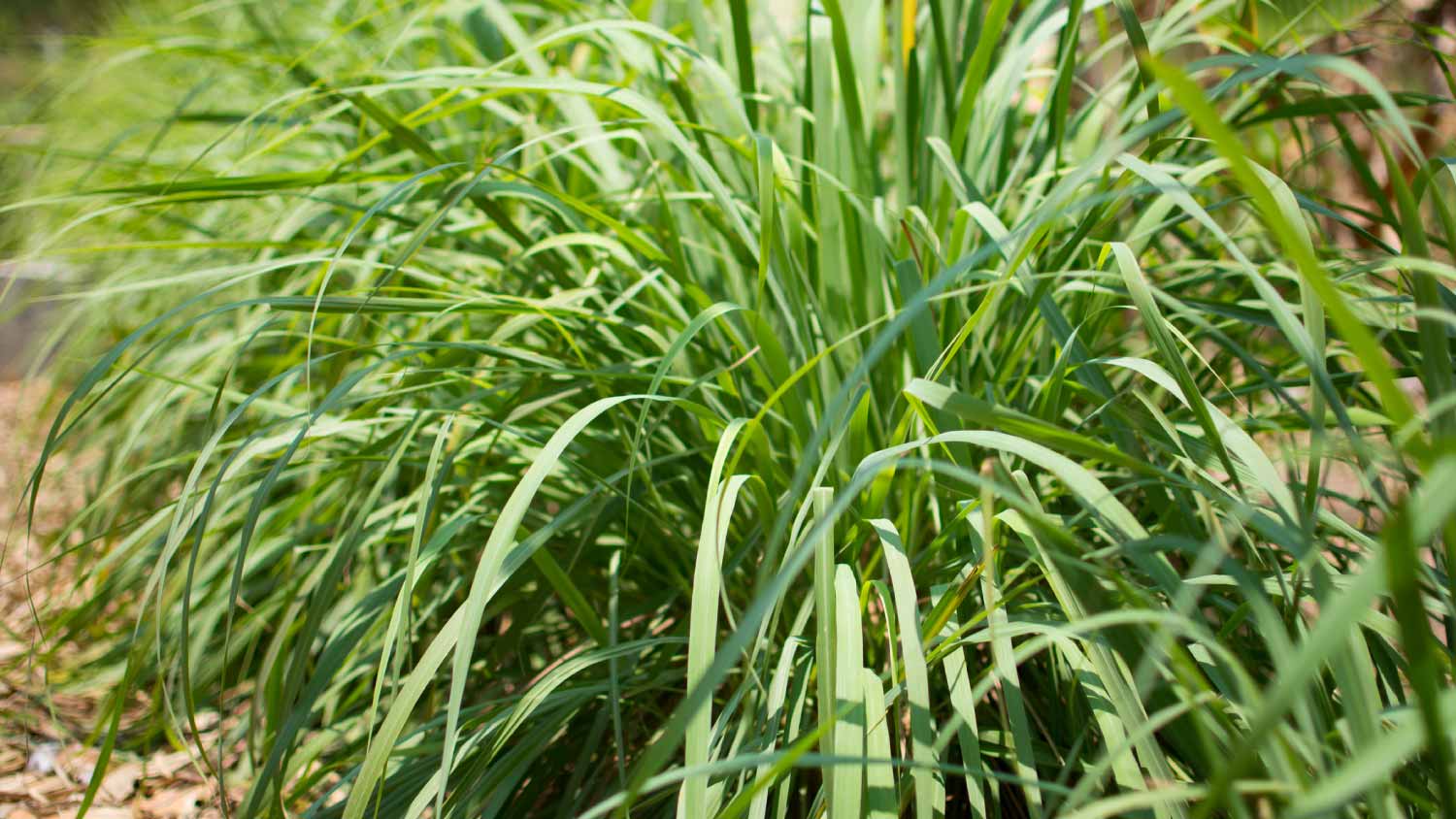10 Plants That Repel Pests
Discourage hungry bunnies and other garden nuisances the natural way


Almost every gardener knows the frustration of walking outside to discover that a beloved perennial or tomato plant has been chewed to the ground. One way to keep destructive deer, rabbits, and other critters away from your garden is to incorporate plants that repel pests into your landscape design. (A major bonus: Some of them repel mosquitoes, too.) Here are 10 pest-repelling plants that every gardener should know.
Plants That Deter Deer, Rabbits, and Squirrels

These plants help repel many critters that want to eat your ornamental or vegetable garden plants. But because these plants are toxic to some mammals, they’re also often toxic to pets, so take that into consideration when planning your pest-resistant landscaping project, whether you DIY it or hire a local landscaper. If you have a significant problem, you may need to consider a professional animal removal service, which can cost between $180 and $588.
1. Alliums
Alliums are a good repellent for deer, mice, and rabbits, and they have large, beautiful globe-shaped flowers. They have a slight onion-like scent that critters don’t like.
2. Lavender
Lavender is a good deterrent for rabbits, because they don’t like the smell. (It also works to help keep insects like mosquitoes, fleas, and moths away—see below for more bug-repelling plants.) Be aware that lavender contains linalool, which is toxic to both dogs and cats, so you’ll need to keep your furry friends away from it.
3. Oregano
Oregano is a common culinary herb, but it’s also a great deer repellent. It will grow in almost any soil and can spread quickly, so you can use it as a ground cover as well as a deer shield.
4. Daffodils
Because of the presence of the chemical lycorine, daffodils repel squirrels and other critters. In addition to being toxic to many mammals, the bulbs of a daffodil plant will taste bitter to animals who try and take a bite.
Plants That Repel Insects

These plants will help keep unwanted insects out of your garden, but they also contain chemicals that can be poisonous to pets. While some pets will stay away from plants that are toxic, others might not, so you should use your best judgment when deciding whether and where to plant these.
1. Lemongrass
Lemongrass contains the same insect-repelling compound found in citronella candles, so it's a good choice as a mosquito deterrent. The grass can grow as tall as three feet, so take that into consideration when using it in your landscaping. And you should make sure your dogs and cats don’t eat it.
2. Chrysanthemums
Chrysanthemums are a popular perennial with the hidden power of being toxic to most insects. The flowers have a chemical in them called pyrethrum that is deadly to bugs like mites, ticks, and fleas. Be careful, though, because these showy blooms are not safe for pets to eat.
Pet-Safe Plants That Repel Pests
Not only do these plants help keep bugs away, you also don’t have to worry if your dog or cat nibbles on them.
1. Basil
Did you know basil is one of the best mosquito-repelling plants? Basil is toxic to mosquito larvae, so it will help to keep the population down in your yard or garden. And here’s a hack: Plant basil around tomatoes to enhance flavor, then use the basil and tomatoes to make a delicious marinara sauce.
2. Rosemary
Rosemary keeps mosquitoes away from your plants, your pets, and your family—and it adds a pleasant aroma to your garden, too. It is very safe for dogs and other pets, and while it won’t totally get rid of fleas, it will help prevent them from bothering your animals.
3. Sage
The perennial plant sage is non-toxic to furry friends and has pest-repelling properties for not only you, but for your other plants, too. Sage grows well in cooler climates with less sun, and it can also grow to be very tall—up to 4 feet. It’s a good option for a natural insecticide that won’t hurt your dog or cat.
4. Catnip
Cats love catnip, but mosquitos do not. Research has shown that the natural oil nepetalactone found in catnip can be 10 times more effective at keeping mosquitos away than DEET. Catnip is also safe for dogs.
Kate Fann contributed to this piece.
Frequently Asked Questions
Some of the plants listed above, like daffodils, are poisonous to many animals if eaten. But wild animals instinctively avoid them, for the most part. Household pets don’t always have the same survival instinct, which is why it’s a good idea to familiarize yourself with common plants that pose a danger to cats and dogs.
No, pest-repellent plants can only reduce the number of pests in your garden—they won’t repel all of them. So, for example, a plant like catnip that repels mosquitoes won’t completely eradicate them from your yard.
Yes, pest-repellent plants can be used along with other deterrents such as deer-resistant fencing. In fact, using multiple deterrents will usually get you better results.
Some plants that are toxic to animals or insects are also toxic to people. Daffodils, for example, are considered poisonous to humans (although they are rarely fatal). Most of the other plants listed above, however, are safe (and delicious!) for humans to eat, including basil, rosemary, and lemongrass.





- What Are The Best Mosquito-Repellent Plants?
- 14 Natural Remedies for Garden Pests
- 47 Landscaping Ideas to Consider for Your Home
- How to Spruce Up Your Existing Garden by Adding New Plants
- How to Safely Move Your Indoor and Outdoor Plants in 5 Steps
- 10 Common Landscaping Mistakes to Avoid in Your Garden
- 15 Tips to Help You Plan a Gorgeous Perennial Garden
- 10 Deer-Repellent Plants to Protect Your Yard or Garden
- 18 Low-Maintenance Landscaping Ideas
- Go Green: The Best Plants for Every Room in Your Home










